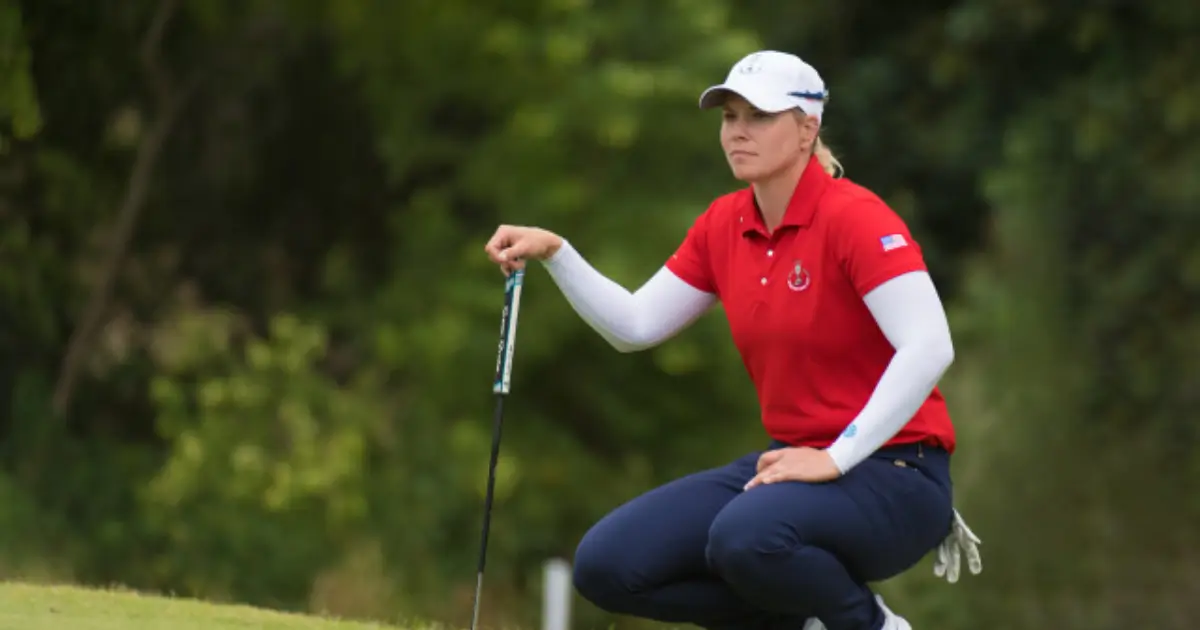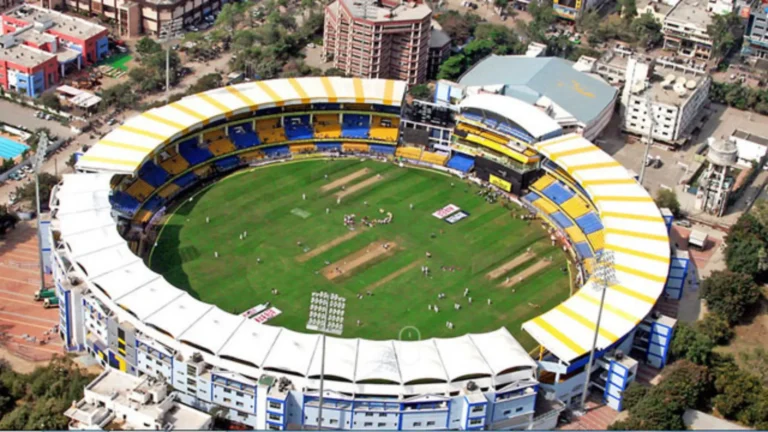How to Improve Putting Speed
Putting is an important part of golf that needs precision, consistency, and the ability to control the speed of the ball. Whether you’re an experienced golfer or a beginner, mastering the art of putting speed can help you improve your overall game. Accurate putting speed not only increases your chances of sinking putts, but it also helps you avoid those dreaded three-putts, which can quickly derail your game. In this comprehensive guide, we’ll look at a variety of techniques and strategies for improving your putting speed, which will lead to lower scores and a more enjoyable golf experience.
How to Improve Putting Speed: Understanding the Fundamentals
Before getting into specific techniques, it’s important to understand the fundamental principles that govern putting speed. First and foremost, the speed of your putt is determined by the force you apply to the ball and the quality of your stroke. A well-struck putt with the proper force will travel at the desired speed, whereas a mishit or poorly executed stroke may result in an under or over-hit putt.
Green conditions, slope, and break are all important factors in determining how fast your putts will be. Recognizing and adjusting for these variables is critical to consistently hitting putts at the desired speed.
Develop Consistent Putting Stroke
A consistent putting stroke is essential for controlling your putting speed. Consistency in your putting stroke ensures that you hit the ball with the same force and angle each time, resulting in more predictable ball speeds.
To develop a consistent putting stroke, concentrate on maintaining proper posture, grip, and alignment. To develop a smooth, pendulum-like stroke, practice it with a metronome or a putting mirror. Remember to keep your head still and your gaze fixed on the ball throughout the stroke.
Master Distance Control
Distance control is one of the most important aspects of increasing your putting speed. The ability to accurately judge distance and adjust your stroke distinguishes skilled putters from the rest.
To improve your distance control, do drills that emphasize different distances and speeds. Set up putts of varying lengths and attempt to roll the ball to specific target points on the green. As you gain experience, you’ll get a better feel for how much force is required to cover different distances.
Understand Green Reading
Green reading is the process of analyzing the slopes, breaks, and undulations of a putting surface. Mastering this skill is critical for accurately determining the speed and direction of your putts.
Examine the green from various angles, looking for subtle cues such as grain patterns, mower lines, and moisture content. Pay attention to how these factors affect the speed and break of your putts. Create a routine for reading greens and practice visualizing the path your ball will take to reach the hole.
Experiment with various putting grips
The grip you use has a significant impact on your putting speed and overall control. While the traditional putting grip is popular, other grips, such as the cross-handed or left-hand-low grip, can provide unique benefits.
Experiment with different putting grips to see which one feels the most comfortable and gives you the best control over your putting speed. Don’t be afraid to experiment with different grips; the key is to find the grip that best suits your individual putting style.
Introducing Speed Drills and Practice Routines
Including specific drills and practice routines in your golf regimen can help you improve your putting speed and muscle memory. Here are some useful exercises to consider:
Speed Ladder Drill: Set up a series of putts at different distances, aiming to roll the ball at the right speed to reach each target. This drill helps you get a better feel for various putting speeds.
Uphill/Downhill Practice: Putt on slopes and different terrain to learn how inclines and declines affect your putting speed. This will prepare you for the real-world course conditions.
Putting Gate Drill: Set up a series of gates or tees at varying distances and try to roll the ball through each one at the proper speed. This drill improves distance control and consistency in ball speeds.
FAQs
Q. Why is putting speed so important in golf?
Putting speed is important because it determines whether your ball will go through the hole or roll past it. Maintaining the proper speed ensures that your putts remain on line and have the best chance of landing in the cup. Poor speed control frequently results in three-putts or missed short putts, which can easily add strokes to your score.
Q: How do I develop a consistent putting stroke to improve my speed control?
Developing a consistent putting stroke is critical for controlling speed. Practice with a metronome or a mirror to develop a smooth, pendulum-like motion. Keep your head still, maintain proper posture and grip, and keep your gaze on the ball throughout the stroke.
Q: What drills can help me improve my distance control and putting speed?
Try the speed ladder drill, which involves setting up putts at different distances and aiming to roll the ball at the appropriate speed to reach each target. The putting gate drill is also effective: place gates or tees at varying distances and roll the ball through each gate at the appropriate speed.
Q: How does green reading influence putting speed?
A green reading is essential for accurately determining the speed and line of your putts. Examine the putting surface’s slopes, breaks, and undulations for clues such as grain patterns, mower lines, and moisture levels, which can affect the ball’s speed and break.
Q: Will changing my putting grip help with speed control?
The grip you use has a significant impact on your putting speed and overall control. Experiment with different grips, such as the cross-handed or left-hand-low grip, to see if they provide better speed control for your specific putting style.
Q: How can I practice putting on various terrains to improve my speed control?
Practise putting on slopes, uphill and downhill lies, and different terrain. This will help you understand how inclines and declines affect your putting speed and prepare you for actual course conditions.
Q: Is it better to use more aggressive or conservative putting speed?
There is no one-size-fits-all answer, as putting speed is determined by the specific conditions and length of the putt. In general, it’s better to be slightly aggressive on longer putts to ensure you get to the hole, and more conservative on shorter putts to avoid going past the cup.
Q: How often should I do putting speed drills?
Incorporating speed drills and routines into your daily practice sessions is critical for developing muscle memory and consistency. Aim to devote some of your practice time to focused putting speed work, whether once a week or before each round.
Conclusion
Improving your putting speed requires patience, practice, and a dedication to continuous improvement. Mastering the fundamentals, developing a consistent stroke, understanding green reading, and incorporating targeted drills into your practice routine will help you sink more putts and lower your scores.
Remember that putting is a highly personal aspect of the game, so what works for one golfer may not work for another. Experiment with different techniques to see what resonates with your individual style, and enjoy the process of improving your putting speed. With dedication and perseverance, you’ll soon be rolling the ball at the ideal speed, leaving nothing but a well-deserved celebration after each successful putt.







